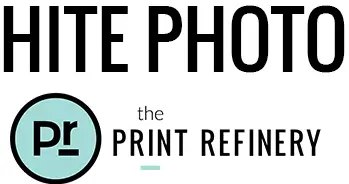What If I Copy This Anyway?
You get it. Copying professional photos is illegal. So is speeding. But you do it anyway.
Fair point. And no one at our photo store will stop you from doing either. No really, we won’t stop you from making a copy of a copyrighted photo if you want to. You just can’t do it here. And we can’t do it for you. Doing so could be far more illegal than speeding. A ticket for doing 75 in a 65 will cost you about $225 in Texas. Copying a professional portrait without the photographer’s consent costs about the same, $200… at the least. The penalty can range all the way up to $150,000 per incident. That’s serious.
What if you tell us you took the photo or video? Still no. The original doesn’t even have to be marked with a copyright. The law states that any photo that appears to have been taken professionally is subject to copyright protection.
With such a wide net and stiff penalties, you should be hard pressed to find a business willing to risk infringement just to make a few bucks. So, what can you do?
- Check the status. Some of the largest creators of studio content, like church directories, school photography corporations, and tourism agencies like cruise lines and theme parks, have no interest in servicing orders after the event. Many offer blanket copyright releases on their websites.
- Contact the photographer. They’re the best source for a top-quality reproduction, especially if they still have original masters. If not, they can give us or another agency consent to make copies legally.
- Do it yourself. Provisions allow you to scan or duplicate professional photos and videos using your own methods for personal back up or forward compatibility, like transferring a video tape to MPEG so that you can still view it. Of course, you can’t sell or distribute your new copies. That would be trouble.
For more information, come see us. If we can’t make what you need, we usually know who can. On the way, don’t speed.




